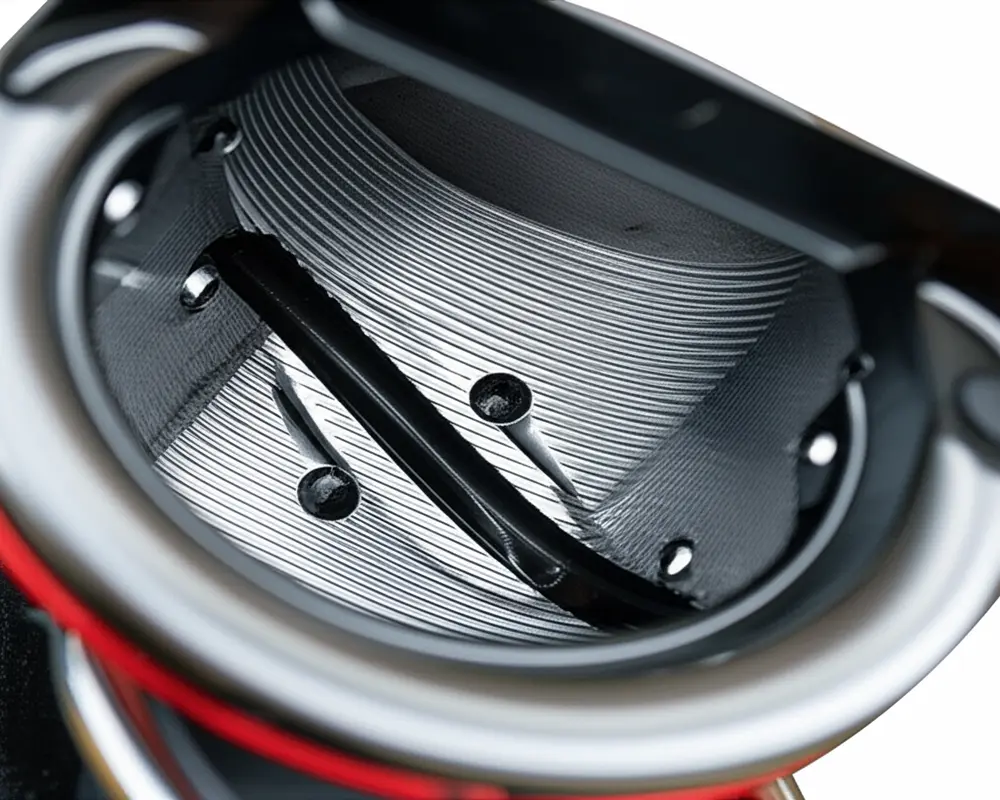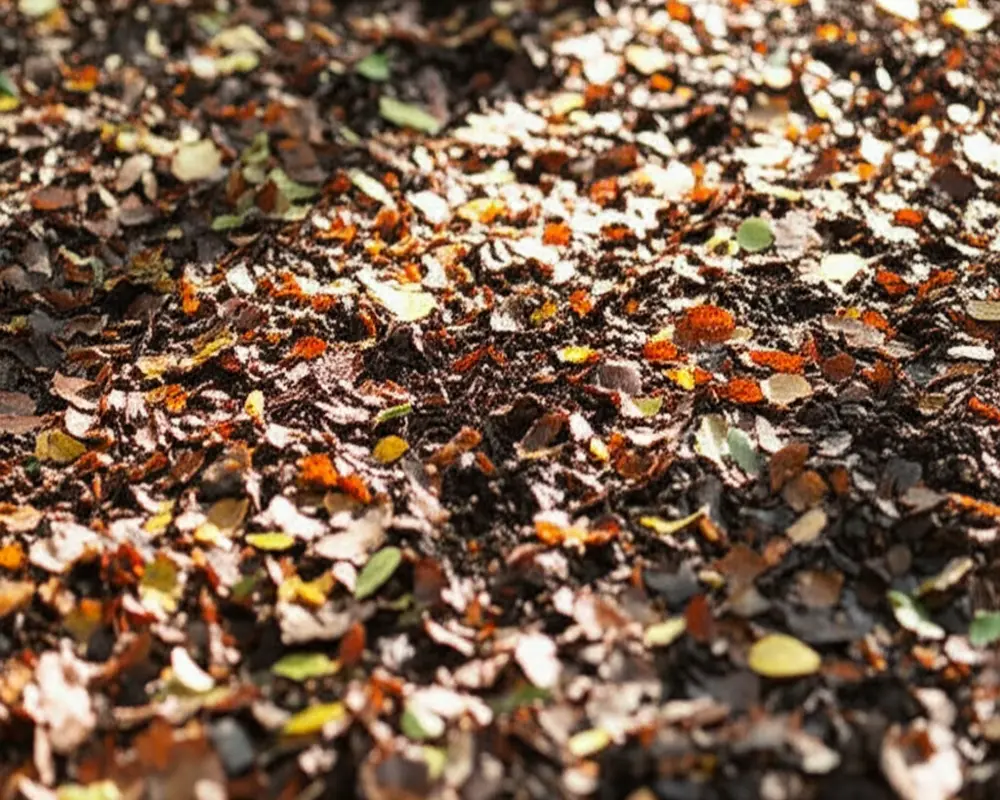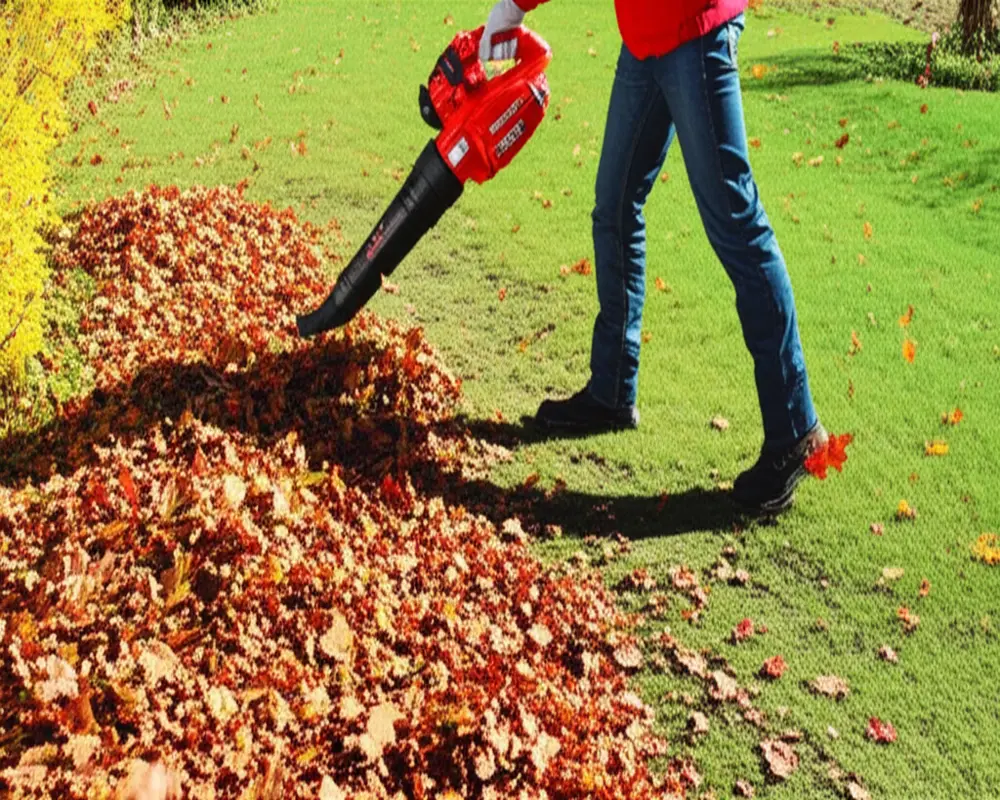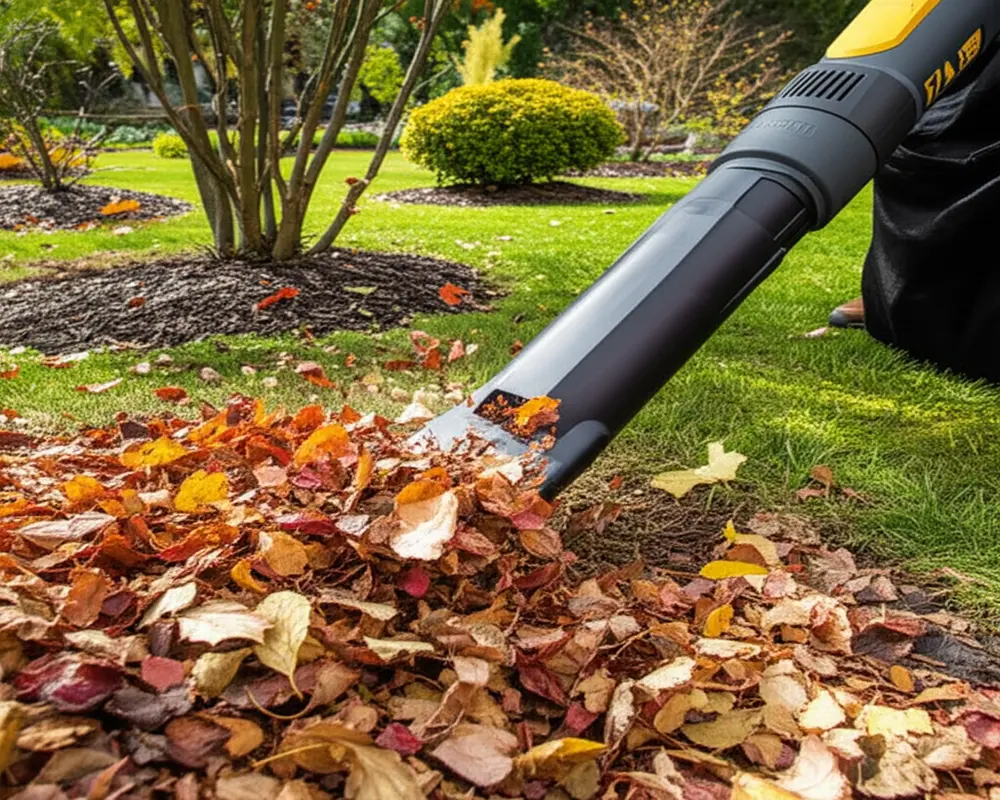Mulching with Leaf Blower: The Complete 2025 Guide
Mulching with a leaf blower is a practical and efficient method to manage fallen leaves while enriching your garden soil. This comprehensive guide for 2025 explores the nuances of using a leaf blower vacuum for mulching, from understanding the equipment to expert tips for maximizing your mulching efficiency. Whether you’re a seasoned gardener or a homeowner looking to optimize your yard waste management, this article will provide you with insightful and actionable knowledge.
Thank you for reading this post, don't forget to subscribe!
Understanding Leaf Blower Mulching: What It Is (and Isn’t)
To effectively mulch with a leaf blower, it is essential first to distinguish between standard leaf blowers and those equipped with mulching capabilities. A typical leaf blower primarily uses air to move leaves and debris across surfaces, making yard cleanup faster but does not shred or reduce leaf volume. In contrast, a leaf blower vacuum combines blowing with a vacuum function and incorporates a shredder or impeller that cuts leaves into smaller pieces, transforming them into beneficial mulch.
Why mulch leaves? The benefits for your garden and landscape are multifaceted. Mulching returns vital nutrients back to the soil, enriching it naturally. This process helps suppress weeds by creating a barrier, retains soil moisture which reduces irrigation needs, regulates soil temperature protecting plant roots, and significantly reduces yard waste volume, enhancing your garden’s aesthetics.

Is Your Leaf Blower Capable of Mulching? (Feasibility Check)
Not all leaf blowers are designed to mulch leaves. Identifying if your equipment supports mulching involves looking for specific features. Mulching-capable models usually have a collection bag attached and visible intake ports that channel leaves towards a shredder or impeller. Manufacturer specifications often indicate the leaf blower mulching ratio, such as 10:1 or 16:1, which tells you how finely the leaves will be shredded.
Key features to look for include a durable metal impeller, which is crucial for effective shredding and longevity. Bag capacity is another factor; larger yards require bigger bags or more frequent emptying. Power sources vary—corded, cordless, and gas-powered models each have advantages depending on yard size and user preference.
If you own a standard blow-only leaf blower, mulching is not feasible. Alternatives include using lawn mowers with bagging and shredding capabilities or dedicated leaf shredders. These options can complement or substitute the mulching function depending on your yard requirements.

Step-by-Step Guide: How to Mulch Leaves with Your Leaf Blower/Vacuum
Preparing for mulching begins with ensuring leaves are dry and free from large debris such as sticks or stones that could jam the shredder. Personal safety should not be overlooked—wear eye protection, hearing protection, gloves, and a dust mask to shield yourself from flying debris and dust.
Operate your leaf blower vacuum by switching it to vacuum mode. Begin by gathering leaves into manageable piles and vacuum them systematically. Avoid overloading the collection bag; frequently check and empty it to maintain efficient operation. This prevents clogging and ensures consistent mulching quality.
Once collected, empty the mulched leaves safely into garden beds, compost piles, or designated areas for mulching. The optimal particle size for garden use is finely shredded leaves that decompose quickly, enhancing soil structure and nutrient content.
Benefits and Drawbacks of Leaf Blower Mulching
Advantages of leaf blower mulching include significant volume reduction of leaf waste, making storage and spreading easier. The convenience of vacuuming and shredding combined saves time and effort while returning valuable nutrients to your garden.
Limitations include noise and dust emissions, which may be concerns in residential areas. Mulching is less effective with wet or clumped leaves, which can clog the impeller. Additionally, large properties may require multiple sessions due to limited bag capacity. Metal impeller wear over time necessitates regular maintenance and safety precautions.
Utilizing Your Mulched Leaves: Where and How to Use Them
Mulched leaves serve many purposes in the garden:
- Garden Beds, Shrubs, Trees: Apply a 2-3 inch layer of mulched leaves around plants to conserve moisture and regulate soil temperature. This organic mulch also suppresses weeds effectively.
- Enhancing Compost Pile: Use mulched leaves as a brown material in composting, balancing nitrogen-rich greens and accelerating decomposition.
- Lawn Top-Dressing: Spread finely mulched leaves thinly over lawns to add organic matter without smothering grass.
Proper application ensures the mulch decomposes efficiently, contributing to soil health.
Troubleshooting Common Leaf Blower Mulching Issues
Common problems include clogging and jamming caused by wet leaves or oversized debris. Prevent this by raking and drying leaves before mulching. Insufficient shredding may indicate impeller wear—inspect and replace parts as needed to maintain performance.
Excessive dust can be mitigated by operating in less windy conditions and using protective gear. Overheating often results from prolonged use; take breaks to cool down the motor. Bag tears are common—use reinforced bags and handle with care during emptying.
Choosing the Right Mulching Leaf Blower for Your Needs (Buyer’s Guide)
Corded Electric Models offer consistent power and are suitable for small to medium yards but are limited by cable length. Cordless Electric Models provide mobility and quieter operation but require battery management. Gas-Powered Models excel in power and runtime, ideal for large yards but produce more noise and emissions.
Prioritize features such as metal impellers for durability, mulching ratios for shredding efficiency, bag size for capacity, and ergonomic design for comfort during extended use. Recommended models vary by yard size and budget; consider your specific needs carefully.
Expert Tips for Maximizing Your Mulching Efficiency
Timing your mulching for dry, mild weather enhances shred quality and reduces clogging. Different leaf types shred differently—maple and oak leaves mulch well, while thick or waxy leaves may require additional passes. Regular maintenance, including cleaning and inspecting the impeller, prolongs tool life. Combine blower techniques with raking for thorough leaf collection. Always adhere to safety precautions to protect yourself and your equipment.
Conclusion: Making the Most of Your Leaf Blower for a Healthier Garden
Using a leaf blower vacuum for mulching offers a sustainable and effective way to manage garden debris while enriching soil health. This method reduces waste volume, supports natural nutrient cycling, and enhances garden aesthetics. By selecting the right equipment and employing best practices, you can achieve efficient and environmentally friendly yard care in 2025 and beyond.
For more insights on effective garden tools and techniques, explore our guides on hand cultivators and lawn mower troubleshooting.
Frequently Asked Questions (FAQs)
- Can any leaf blower mulch leaves?
- No, only leaf blower vacuums equipped with shredding impellers and collection bags can mulch leaves effectively.
- What is a good mulching ratio?
- A mulching ratio like 10:1 or 16:1 indicates how finely the leaves are shredded; higher ratios mean finer mulch.
- Are mulched leaves good for compost?
- Yes, mulched leaves provide brown material that balances nitrogen-rich greens, speeding up composting.
- How thick should mulch layers be?
- Apply 2-3 inches of mulched leaves as mulch around plants for effective moisture retention and weed suppression.
- Can I mulch wet leaves?
- Mulching wet leaves is not recommended as it can clog the shredder and reduce efficiency.
For official guidelines on yard waste composting, visit the U.S. Environmental Protection Agency (EPA).

